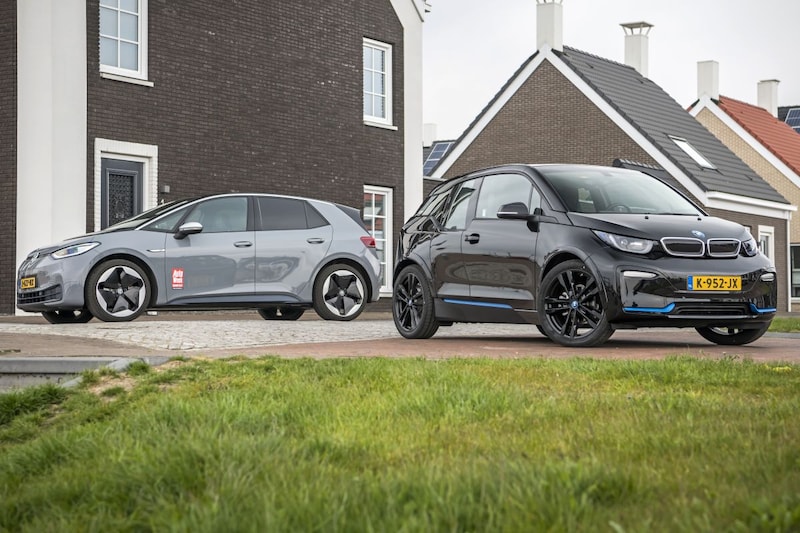
Looking for an electric car. I am ready. The sale of the youngtimers resulted in the investment fund and the move to the city limits the number of kilometers in such a way that I do not necessarily need a range from Groningen to Copenhagen.
Looking for an electric car. I am ready. The sale of the youngtimers resulted in the investment fund and the move to the city limits the number of kilometers in such a way that I do not necessarily need a range from Groningen to Copenhagen.
In reason lies the affordable, pragmatic way. For relatively little money you have an electric Corsa, 208 or Citroën e-Dinges, or a demo Zoe. Great cars. They reach 300 kilometers, drive well and stay, if I want to send business, with a little calculation under the upcoming not-so-low low addition limit of 35,000 euros. The brilliant Hyundai Ioniq Electric – not the 5, but the perfect hatchback almost everyone has forgotten – doesn’t have a three-phase charger. Nor is the VW ID3 Pure with 45 kWh battery, although apart from that terrible multimedia system I am increasingly pleased with the space and performance of that car. But I am also a fan and my heart does not beat faster from most small plug middle class. Of a BMW i3, despite its limited range and its no longer current fast charging times. Expensive thing in the 120 Ah variant that I want, with leather or the two-tone Lodge interior, so rare in the dull Netherlands, and that precious double skylight. But as a city dweller I like a compact car and with such a design specialty you have to go all the way, I think. I don’t want a white one with those sad blue-rimmed cloth lease fleet seats.
Still, for fun, I take a look at the used car offer from Tesla Netherlands. There is a 2017 Model S 75D for €47,500. Heaps of money, but he can handle the case. Whoa, who would be that crazy? He is almost five years old. His addition benefit expires next year. Then it goes to 16% for the first 35 mille of the catalog value and to 22 percent for the rest, with a new value of 87 mille a lot of money. Even with free supercharger power from Tesla, you’re going to bleed for that car.
It’s too big for me and way too wide. In my EV, the tightest parking garage in Groningen should look like a spacious coat. So it really won’t be such a mighty but colossal Ioniq 5. Still, it remains crowded. How can you encourage the purchase of electric used cars and have buyers pay the full pound in addition for such an expensive car? Raise that addition over the current value, then self-employed persons may take advantage. It is not tax discrimination against the first owner, who has already received his gift via the low addition. For me it is a matter of principle. You cannot both maintain the climatically unsaleable young-timer scheme, emit a tax reward for the CO2 world championship, and leave it at that point. That excessive addition curve has to be removed. If you as a government want to let the people take the step, you will have to offer them something. Otherwise this won’t work. And do you know why? Because those cars, new or used, remain expensive for ordinary people in the Netherlands, even with a subsidy, regardless of your budget. Almost 35 grand for a Peugje 208 is a capital for a B-segmenter with a rear seat where I can’t even sit normally. Moreover, I keep coming back to the i3, regardless of equivalent practical objections. It is the first true electric classic, the only worthy heir to the A2. Moreover, it remains by far the nicest driver’s car of all the little ones. Inwardly I have already made the decision. Find the right color combination with the right options now.
– Thanks for information from Autoweek.nl